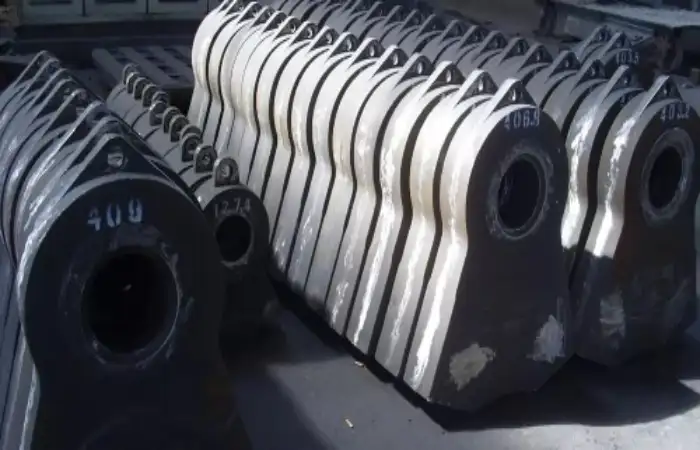Selecting mill liners is a critical aspect of optimizing milling operations in industries such as mining, cement production, and minerals processing. Mill liners play a pivotal role in protecting the mill shell from wear and tear, optimizing grinding efficiency, and reducing downtime for maintenance. When selecting mill liners, several key factors must be carefully considered to ensure optimal performance and longevity.
Factors to Consider When Selecting Mill Liners:
Material Composition
The material composition of mill liners significantly impacts their performance and durability. Common materials used for mill liners include steel, rubber, and composite materials. Each material has its advantages and disadvantages. Steel liners, for example, are known for their robustness and abrasion resistance, making them suitable for heavy-duty grinding applications. Rubber liners offer superior impact resistance and noise reduction but may have limited wear resistance compared to steel. Composite liners, on the other hand, combine the advantages of both materials, providing excellent wear resistance and impact absorption. The choice of material should be based on factors such as the type of ore being processed, mill operating conditions, and maintenance requirements.
Liner Design
The design of mill liners influences grinding efficiency, power consumption, and liner wear rate. Key design parameters include the profile, thickness, and shape of the liners, as well as the configuration of lifter bars and shell plates. Optimal liner design aims to maximize the effective grinding area, promote proper trajectory of grinding media, and minimize liner wear. Additionally, the design should facilitate easy installation and maintenance to minimize downtime. Computer-aided design (CAD) and simulation tools can help optimize liner designs based on specific mill configurations and operating conditions.
Operating Conditions
Understanding the operating conditions of the mill is essential for selecting appropriate liners. Factors such as mill speed, feed size, ore hardness, and moisture content can all affect liner performance. High-speed mills with abrasive ores may require liners with superior wear resistance, while mills operating in wet environments may benefit from corrosion-resistant liners. Temperature variations and the presence of corrosive chemicals in the slurry can also impact liner selection. Conducting thorough ore and mill audits can provide valuable insights into the operating conditions and help tailor liner specifications accordingly.
Cost-effectiveness
While selecting high-performance mill liners is crucial, cost-effectiveness remains a primary consideration for many operations. The initial cost of liners, as well as their expected lifespan and maintenance requirements, should be evaluated to determine the overall lifecycle cost. In some cases, investing in premium-quality liners with extended wear life may yield long-term cost savings by reducing the frequency of liner replacements and associated downtime. However, a balance must be struck between upfront costs and long-term benefits to ensure optimal return on investment.
Supplier Reputation and Support
The reputation and reliability of the supplier play a significant role in the selection process. Choosing a reputable supplier with a track record of delivering high-quality liners and excellent customer support can help mitigate risks and ensure smooth operation. Suppliers with extensive experience in mill lining solutions can offer valuable technical expertise and assistance in selecting the most suitable liners for specific applications. Additionally, access to timely support services, such as installation guidance and maintenance training, is essential for maximizing the performance and longevity of mill liners.
In conclusion, selecting mill liners requires careful consideration of various factors, including material composition, liner design, operating conditions, cost-effectiveness, and supplier reputation. By evaluating these factors systematically and engaging with trusted suppliers, industries can optimize their milling operations, improve productivity, and minimize downtime and maintenance costs.

